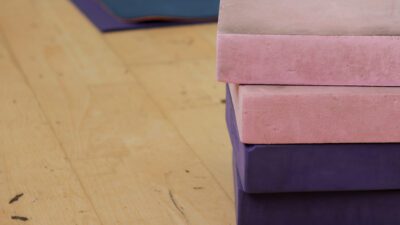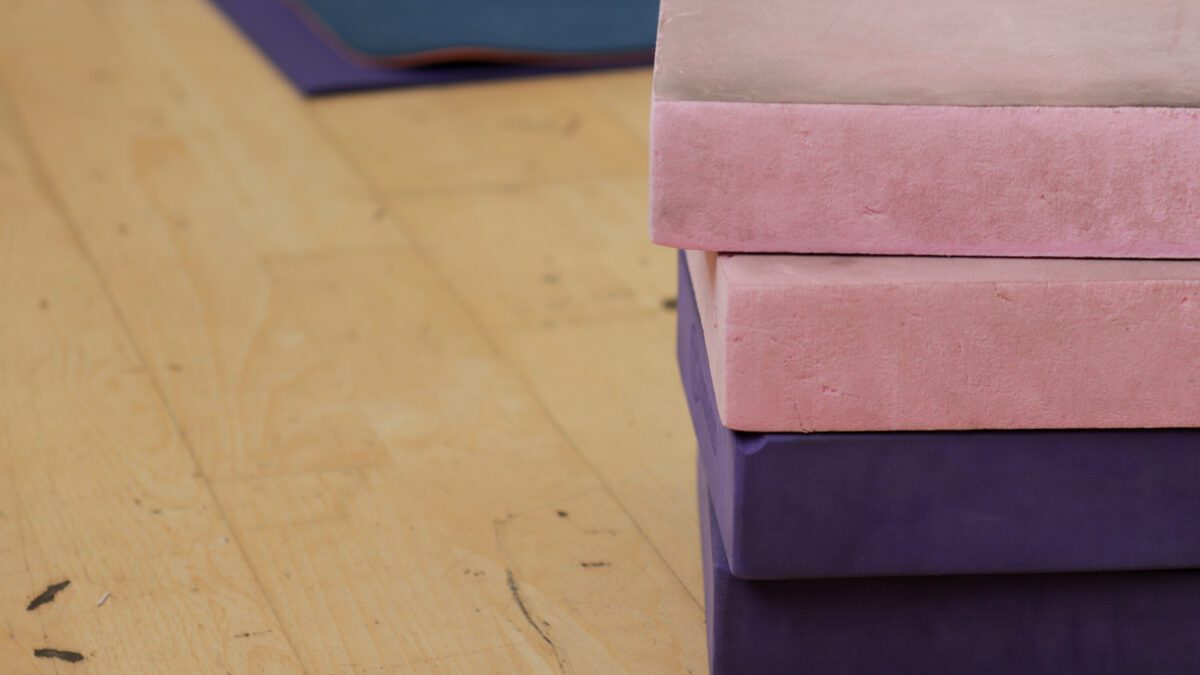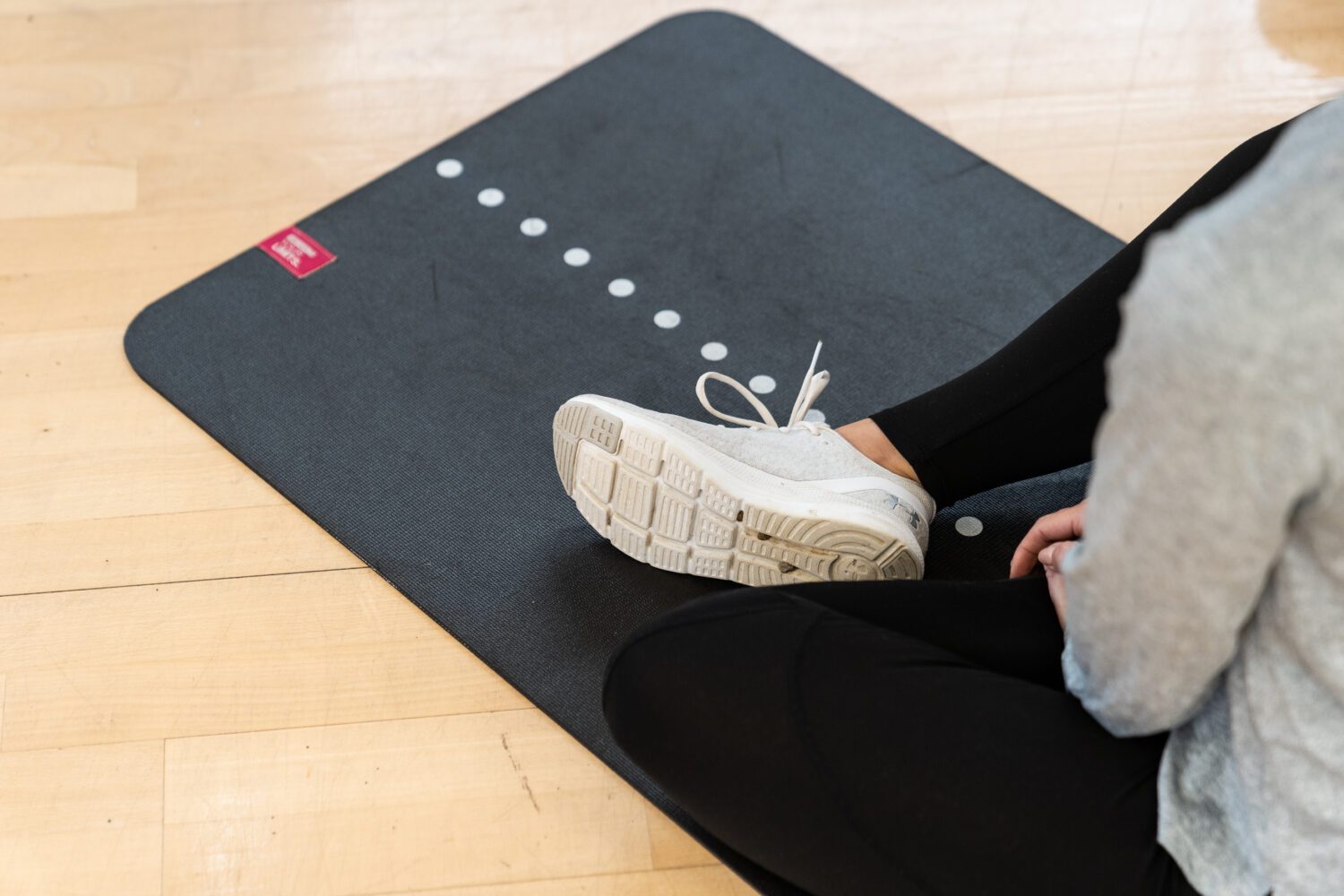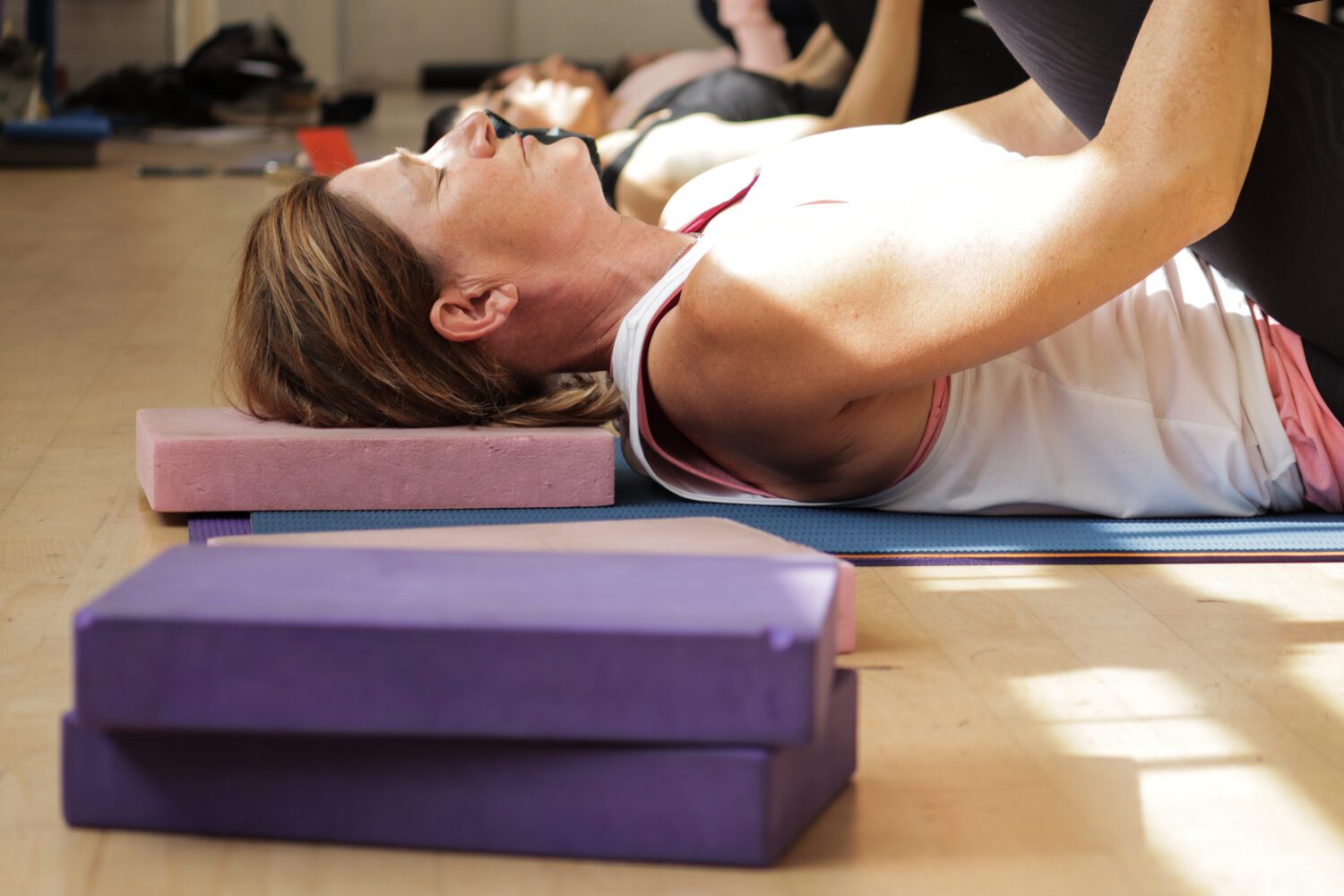



Obesity has become a big concern within our modern world with figures nearly doubling since 1980. It is astonishing to read from the World Health Organisation (WHO) that 66% of the world’s population live in countries where being overweight or obese kills more people than those who are underweight.
29% of men and 26% of women are obese in the UK in 2022.
With these numbers rising it makes our roles within the fitness industry key in assisting clients to maintain healthier eating habits, have freedom of movement and a good quality of life.
Pilates is a wonderful option as the exercises can be adapted and modified, but to attain all-around fitness benefits and aid fat loss, clients should be encouraged to participate in cardiovascular exercise as well.
The ACSM advises exercising 5 times per week. This should be of moderate to vigorous intensity for 150 minutes per week or 30 minutes of physical activity on most days of the week, progressing to 300 minutes per week of moderate physical activity, 150 minutes of vigorous activity or a combination of both. This can be programmed into short 10-minute periods of exercise within the day rather than exercising for prolonged periods of time and may suit clients.

As Pilates teachers we should be able to adapt the exercises we teach to suit everyone that comes to our classes, its important to create an inclusive atmosphere and be ready to support and assist our clients. However, some of the classic Pilates exercise would not be ideal for our larger clients. For example the Rolling Back exercise would require an alternative such as the Roll Up. For the Roll Up exercise, we can use a mini ball around 7-10” in diameter to give support when placed about 12” away from the client’s sit bones. When they roll back they can gently place their weight onto the ball and then return to seated. Alternatively ask the client to perform the Roll Up sat in a chair, sitting halfway forwards on the seat and then perform a pelvic tilt with the arms extended forwards at shoulder height. This alternative exercise would be particularly beneficial when working one on one.
Exercises like the Push Up can put excess weight on the wrist so consider whether the adaptation is suitable. For example, if you asked the client to stand up in front of everyone in the class and do a wall Push Up, they may feel awkward. Instead, place about 3 blocks on either side of the mat. The client would then roll down through the spine like everyone else in the room, come into a box position and place their hands on the blocks. The height of the blocks will assist the client by not having so much of their body weight over their hands during the press-up phase of the exercise. The client then just does the press-up phase and rolls back up to standing. To further adapt this exercise, a client might perform the roll-up part of the exercise only and perform a standing chest press movement.

The Side Bend would present a similar issue to the Push Up relating to excess weight on the wrist. Ask your client to perform the exercise on their forearm. You may also need to give support with a mini ball by placing this under the side of the waist for support, but ask the client not to lean into the mini ball too much and maintain a feeling of length and lift through the body with the supporting shoulder drawn down the back. Avoid sinking into the shoulder joint and rounding through the upper back.
Laying prone in exercises like Swan Dive or Swimming may not be helpful as the client would most likely be in an extended position with the spine and would gain no benefit from the exercise with no range of motion to move through. So for Swimming, opt for Four Point Kneeling but begin by working with a leg or arm and ensure that neutral alignment of the spine is maintained. If necessary consider using just the legs with the modification from the Push-Up exercise by adding a few blocks on either side of the mat for the client to rest their forearms on so they do not have excessive weight through their wrists.
For Swan Dive bring the client to a seated position on blocks or a chair. Take the arms to a capital E position, abducted at the shoulder joint to shoulder height and flexed at the elbow. Begin to slowly extend through the thoracic spine but watch that the client does not perform the movement from the lumbar spine. This can often occur as the overweight/obese client can have an increased lumbar lordosis.

These are just a few options from some of the Pilates exercises that we can give our clients and with steady progressions and encouragement they will make progress.
One of the most important roles as a teacher particularly when working with larger clients is to make them feel not only physically comfortable within your class, but emotionally comfortable too. Through your encouragement, positive feedback, making the session fun and enjoyable and adapting the exercises so that your client feels a sense of achievement and part of the class should further encourage them to return to your class and a more positive outlook on exercise.
Of course, exercise is only part of the solution of tackling obesity and obese clients should also be given advice regarding their eating habits too.
For more information about Pilates Instructor courses, click here.